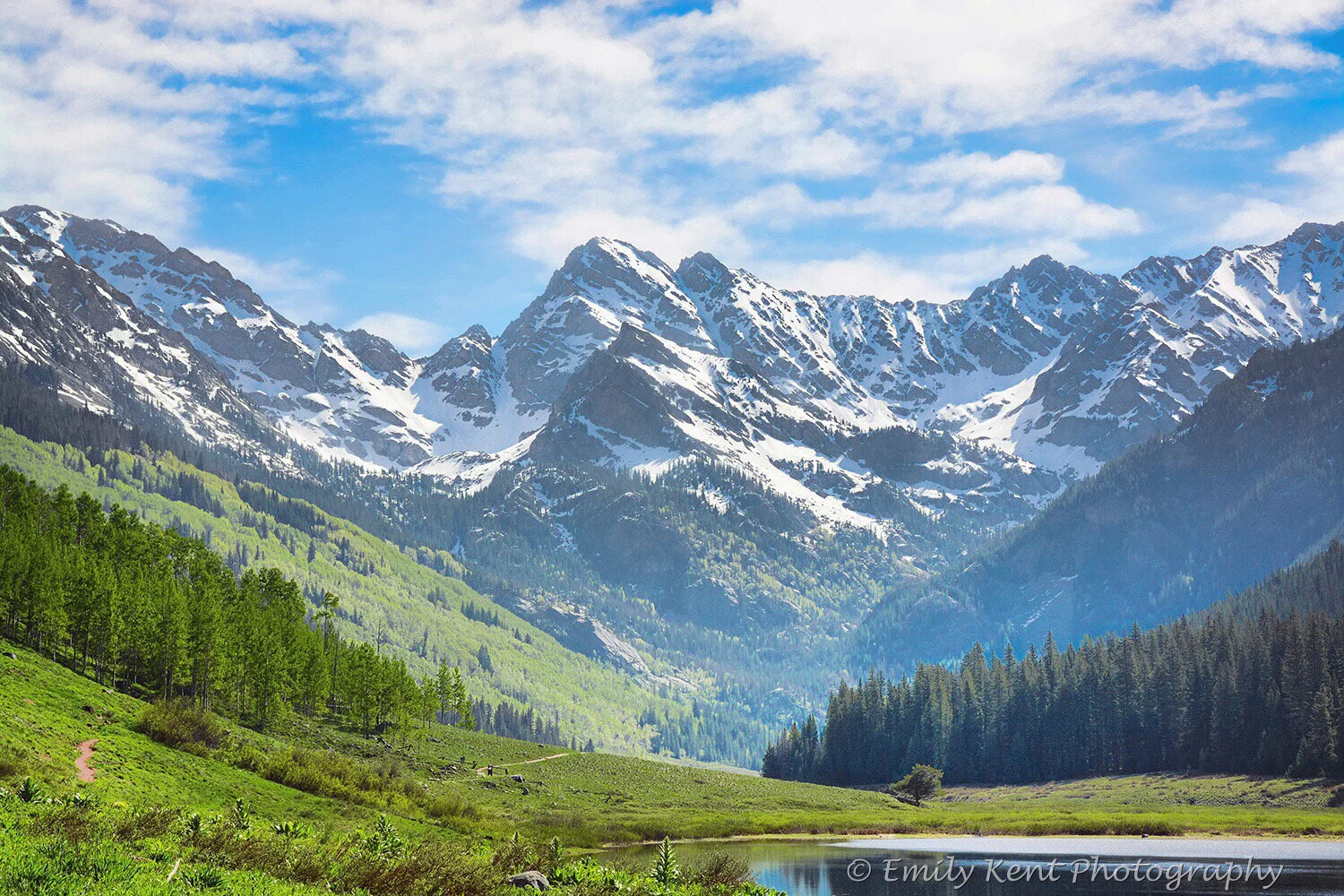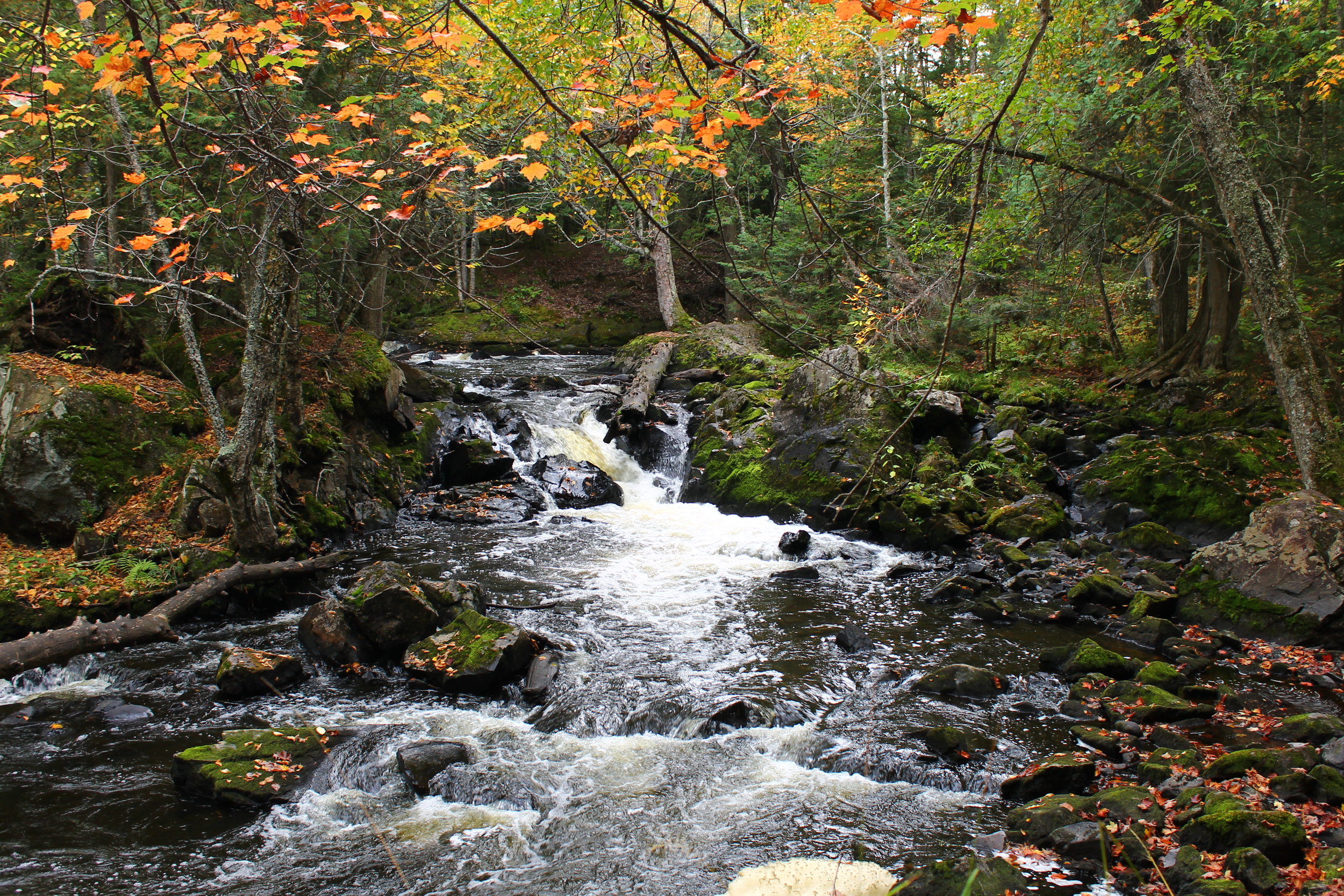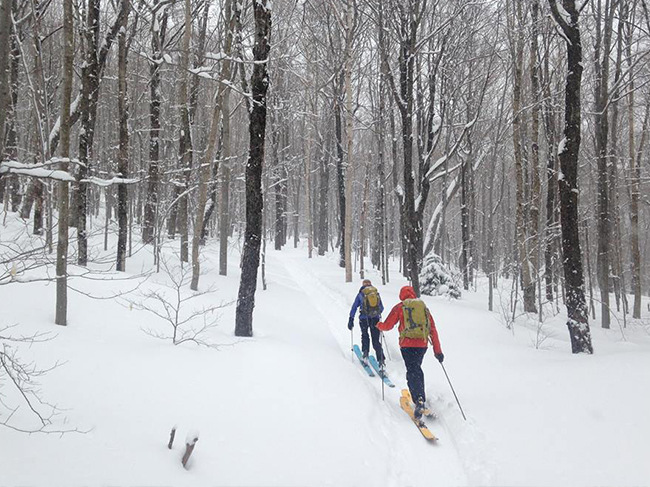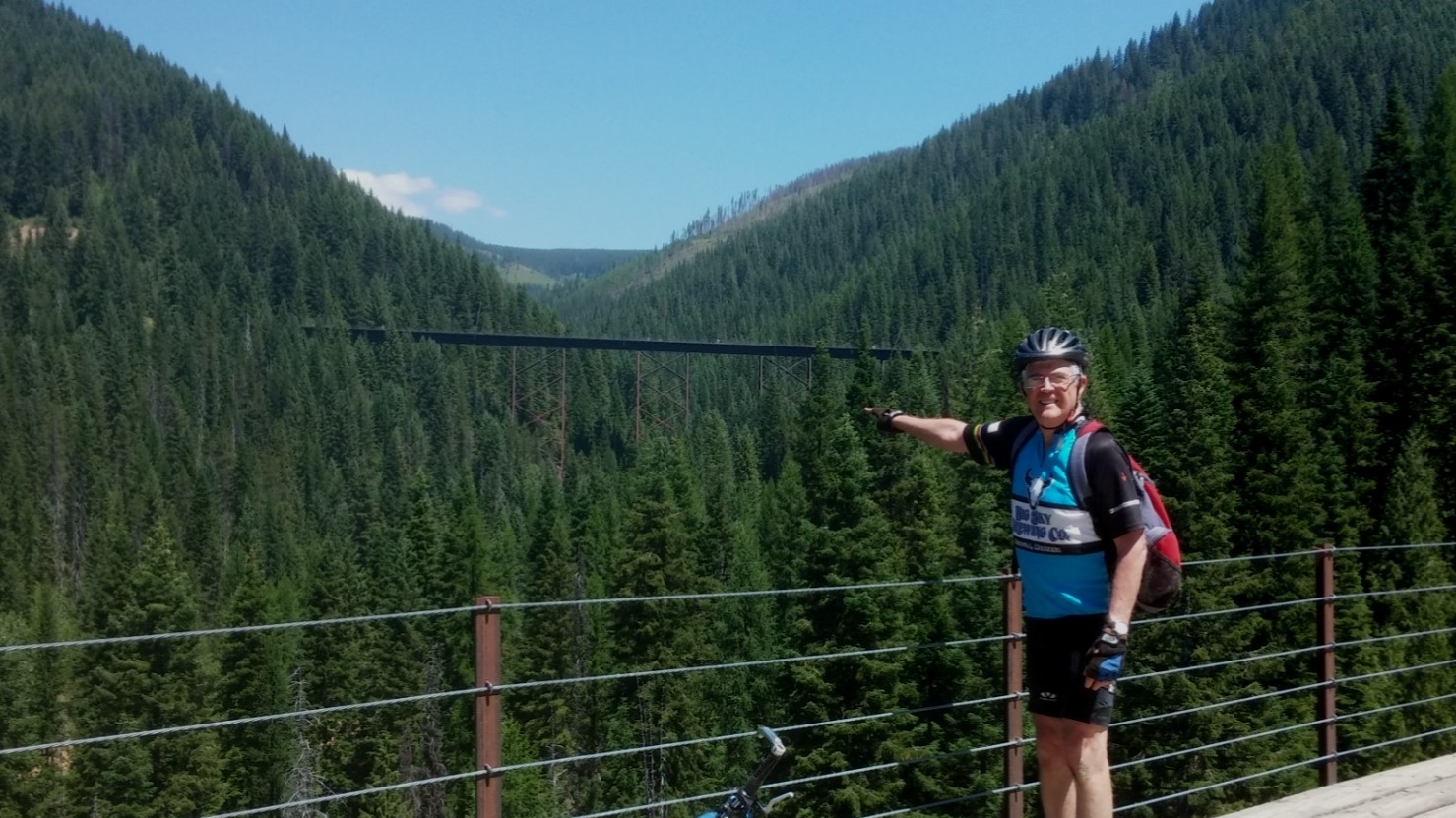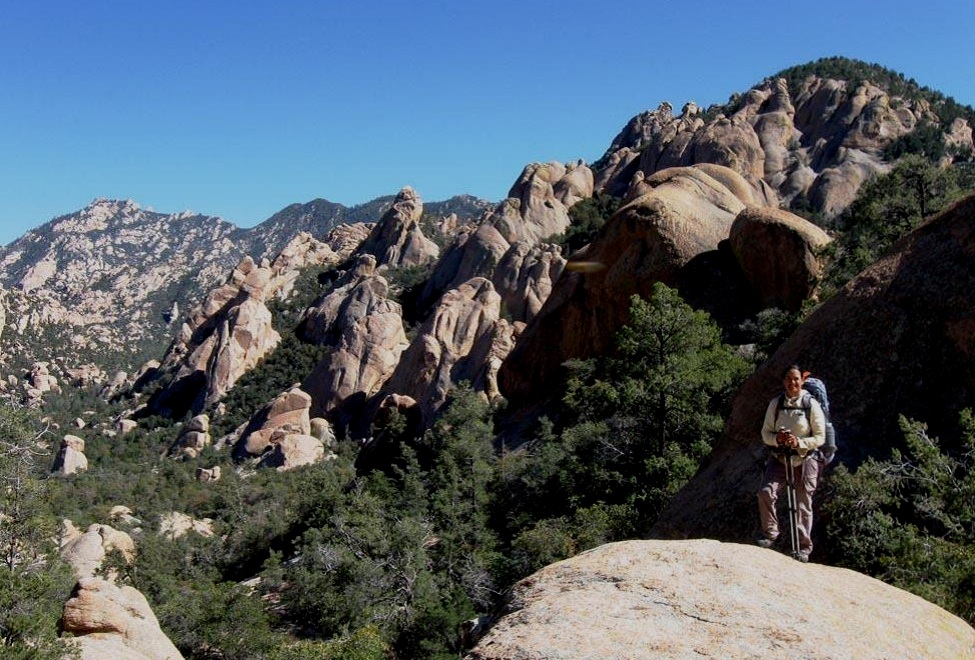America's most important conservation and recreation program, which has saved places in every state and nearly every county in the U.S., was fully funded on August 4, 2020.
The Land and Water Conservation Fund (LWCF) was permanently authorized in 2019, but that does not guarantee that the $900 million put into the LWCF account every year will be spent on conservation. Over the 55 years of the program, billions of dollars have been siphoned from the fund for other non-conservation purposes. In fact, this past fiscal year 2020, only $495 million was appropriated to LWCF—far short of full funding, and yet the highest amount in 15 years.
That means the money that should have gone to increasing recreation opportunity for all, protecting our national parks from being sold off to the highest bidder, connecting and completing our national, regional and local trail networks, providing close-to-home playgrounds and ballfields to support healthy kids and families, expanding sportsmen’s access and wildlife habitat, safeguarding our drinking water supplies, and keeping working forests and ranches in sustainable operation instead of subdivided and developed -- went somewhere else.
There has been unprecedented bipartisan support for the Land and Water Conservation Fund Permanent Funding Act in both the House and Senate. On March 3, President Trump announced via Twitter that he would sign permanent LWCF funding legislation and funding for our National Parks. Since then, major developments are underway to introduce and pass such a joint bill in the Senate, by Senators Joe Manchin (D-WV) and Cory Gardner (R-CO). We expect the House to introduce similar legislation soon.
So, what can you do to help the fight to #FundLWCF? Hearing from the people who love our public lands, are impacted by LWCF in their home communities, enjoy having open space in their cities and towns, like having their drinking water protected, and want to secure access to lands and waters for recreational activities are all important voices for the cause. Contacting your Members of Congress, via phone, email, social media, etc, and signing our letter are great ways to participate. Talking about the places, like the ones listed below, that are at risk of being lost if not funded is important. If you are looking for another way to engage or have questions about our effort to #FundLWCF, contact us.
Boundary Waters Canoe Area Wilderness
Located in the northern third of Superior National Forest, BWCAW is an outdoor recreation paradise featuring more than 1,200 miles of canoe routes, 11 hiking trails, and approximately 2,000 designated campsites.
Embedded throughout the BWCAW are approximately 82,400 acres of Minnesota School Trust lands, which the state would like to dispose of and obtain other lands that provide better economic return. The Superior National Forest would like to incorporate the existing Minnesota School Trust lands into the BWCAW to expand recreational opportunities and create management efficiencies.
LWCF funding is necessary to make this happen, otherwise the lands may be sold and not incorporated into the forest.
Photo: The Conservation Fund/Hansi Johnson
The Lost Trail
An appropriation of $2.85 million from the Forest Legacy Program through the Land and Water Conservation Fund in FY 2020, as requested by the state of Montana, would ensure that the Lolo Trail Conservation Project can move ahead and that its many significant economic, recreation and natural resource values will be protected in perpetuity, before they are lost forever.
Photo: The Trust for Public Land
Palo Alto Battlefield National Historical Park
LWCF funding is needed to acquire the 1,516-acre “Moschel” parcel, which comprises nearly fifty percent of the Battlefield’s authorized boundary. Currently, this property is privately owned and is highly vulnerable to being commercially developed, due to rapid development in the area from manufacturing companies and the parcel’s good highway access.
Photo: NPS
Lyme-Dorchester Highlands
The Lyme-Dorchester Highlands Forest Legacy Project will protect 10,122 acres in Lyme, Hanover, and Dorchester, New Hampshire. The project area will be managed for sustainable timber production, wildlife habitat, water resource protection, and ensuring public access. Recreation opportunities include 26 miles of trails (including 4.5 miles of the Appalachian National Scenic Trail), hunting, fishing, snowmobiling, and cross-country skiing.
Photo: Jan McClure
Ottawa National Forest
With its pristine rivers, winding streams, and vast wilderness areas, Michigan’s Upper Peninsula shapes the rugged character of the upper Great Lakes region. Ensuring the lasting protection of this region’s diverse ecosystems, preserving sensitive wildlife habitat and watersheds, and securing lasting recreational opportunities are important conservation objectives identified by the Ottawa National Forest in its most recent forest plan. Support from LWCF is crucial to achieving these objectives.
For FY 2020, $2 million from LWCF is needed to secure an important acquisition within the Ottawa National Forest as part of the Great Lakes-Northwoods program. Acquisition of the 1,600-acre property will keep a significant portion of the Upper Peninsula’s pristine landscape intact while offering outstanding recreational opportunities for sportsmen and hikers alike.
Photo: U.S. Forest Service flickr
Green Mountain National Forest
The 400,000-acre forest, which receives more than three million visitors annually, offers abundant recreational opportunities. While more than half of its visitors live within 50 miles, the forest is not exclusively a local gem. It is within a day’s drive of 80 million people, who come from Albany, Boston, Montreal, New York City, and beyond.
In FY 2020, the forest seeks to acquire Lincoln Peak, a 619-acre inholding that will offer enhanced access for cross-country skiers, hikers, hunters, anglers, and wildlifewatchers. An allocation of $350,000 from the Land and Water Conservation Fund is needed to protect the Lincoln Peak project area. With these funds, Green Mountain National Forest will acquire these two inholding tracts, offering enhanced recreational access to forest visitors while contributing to the state’s vibrant outdoor recreation economy.
Photo: The Trust for Public Land
Lolo National Forest
The Lolo National Forest encompasses two million acres of forest lands along the I-90 corridor stretching from just south of Missoula to the very northwest reaches of Montana. It is an extremely popular destination for millions of visitors each year who enjoy the spectacular scenery and incredible array of outdoor recreation opportunities, including outstanding big game hunting and blue-ribbon fisheries. An appropriation of $4.4 million from the Land and Water Conservation Fund in FY 2020 is urgently needed to begin the permanent protection of these very significant lands and prevent their valuable resources from being lost forever.
Photo: Allison Springer
Aravaipa Management Unit
An allocation of $2,562,800 from LWCF in FY 2020 is needed for the Aravaipa Canyon Recreation Access and Wildlife Corridor project. With these funds, BLM will acquire the properties, offering enhanced recreational access and habitat protection while contributing to the Arizona’s vibrant outdoor recreation economy.
Photo: The Trust for Public Land
Photo credit: Piney Lake, CO/ Emily Kent

